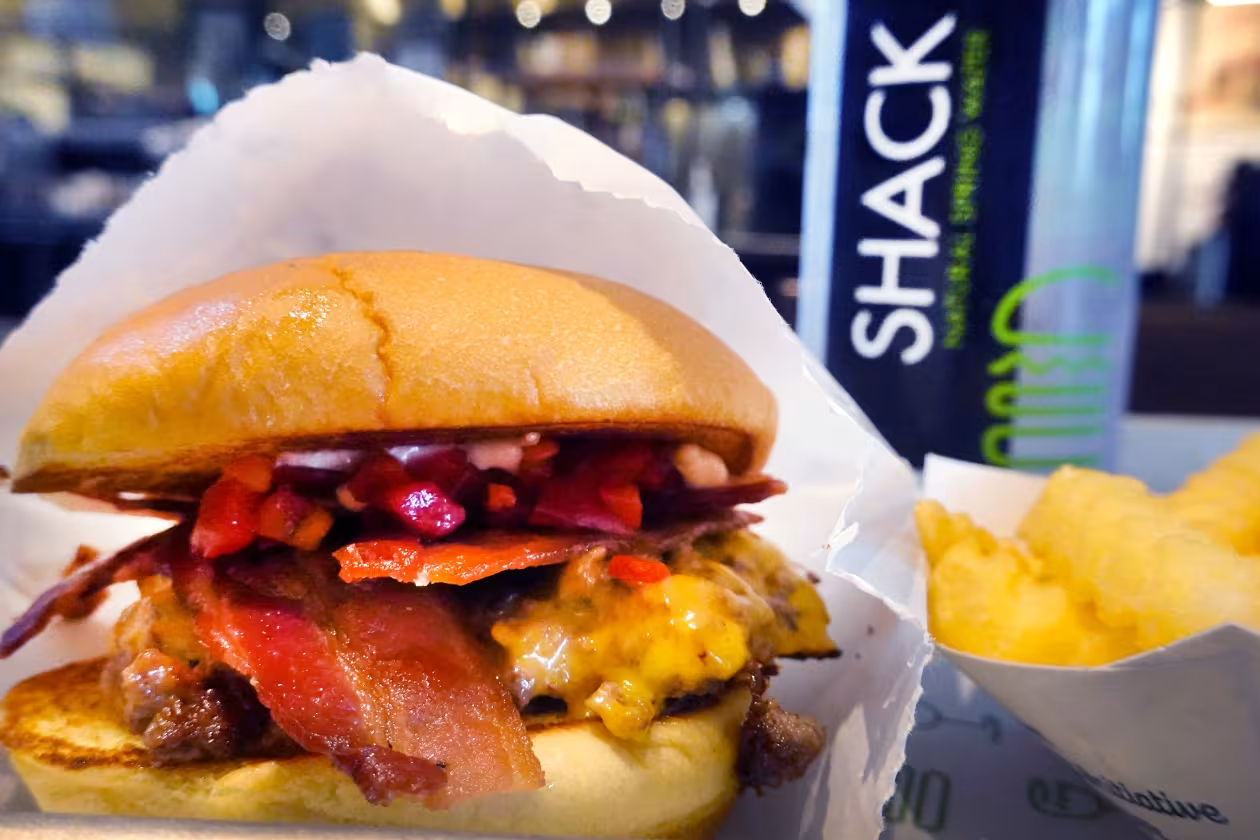How to Craft an Excellent Restaurant Review: Examples of Positive and Negative Reviews
Writing a restaurant review can be an enjoyable yet demanding task. Whether you are expressing your delight over a five-star meal or your dissatisfaction with a subpar dining experience, your review should accurately convey your impressions while providing valuable insights for prospective diners. Below is a guide on how to craft an exceptional restaurant review, accompanied by examples of both effective and ineffective reviews to highlight important aspects.
1. Provide Detailed Insights About Your Experience
An outstanding review transcends vague statements. It includes specific information that enables the reader to grasp what they might encounter. Did you savor a particular dish? How would you describe its texture, flavor, and presentation? Was the service outstanding, or did it leave something to be desired? Offering detailed accounts allows readers to relate to your experience.
Positive Example: “The truffle risotto was luxuriously creamy, featuring a harmonious blend of earthy mushrooms and fragrant truffle oil. Each mouthful was a delight, and the portion was perfectly sized. The dish was garnished with fresh parmesan, which provided an ideal salty contrast to the richness of the risotto.”
Negative Example: “The food was decent. I enjoyed it.”
2. Illustrate the Ambiance
The atmosphere of a restaurant significantly influences the overall dining experience. Was the environment cozy and welcoming, or did it feel cold and noisy? Describing the ambiance helps your readers envision the setting they will encounter.
Positive Example: “The restaurant exuded rustic charm, characterized by exposed brick walls and wooden tables, which fostered a warm and inviting environment. The dim lighting was ideal for an intimate dinner with friends, and the soft jazz music playing in the background added a touch of sophistication.”
Negative Example: “It looked nice inside.”
3. Evaluate the Service
How would you describe the service during your visit? It is important to highlight both the strengths and the aspects that could use improvement. A well-rounded review will assist others in determining whether they can anticipate attentive and friendly staff or if there may be potential issues.
Good Example: “Our server, Sarah, demonstrated exceptional attentiveness. She was well-versed in the menu and provided excellent recommendations. We never experienced delays for refills, and our meals were served promptly, despite the restaurant being quite busy.”
Bad Example: “The service was slow, and the waiter appeared unfriendly.”
4. Assess Value for Money
Did the meal provide good value for the price paid? This consideration is particularly crucial when reviewing a higher-end restaurant, as it is essential to evaluate whether the experience justifies the cost.
Good Example: “While the prices were somewhat elevated, the quality of the food and the overall experience made it worth every cent. The portions were ample, and the ingredients tasted fresh and of superior quality.”
Bad Example: “It was too expensive for what we received.”
5. Maintain Honesty and Balance
Your review should reflect honesty and be constructive. If there were any issues, it is acceptable to mention them, but try to provide solutions or context when possible. Maintain a balanced tone, even when offering criticism, and acknowledge positive aspects where appropriate.
Good Example: “Although the appetizer was served a bit late, the manager promptly offered a complimentary drink to compensate for the delay. This thoughtful gesture was appreciated and demonstrated their commitment to customer satisfaction.”
Bad Example: “The food was terrible, and the staff was awful. I will never return.”

